Value For A Growth-Obsessed World: Six Infrastructure Plays
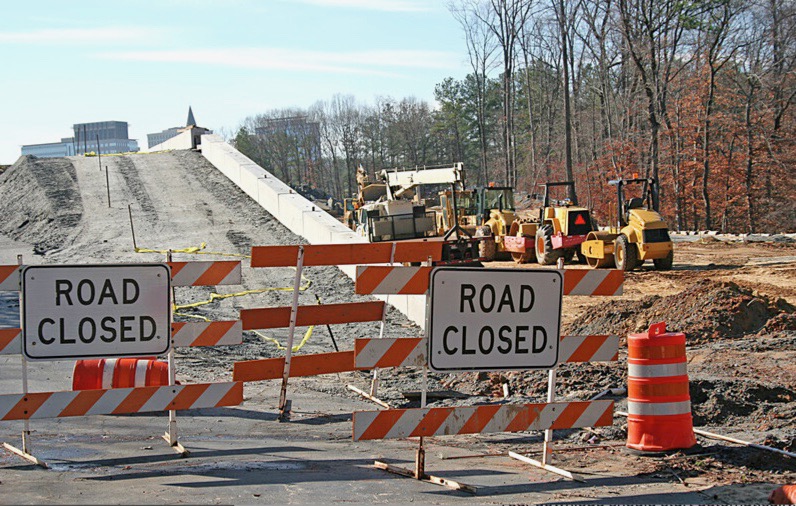
Searching For Buyable Value
I started by screening on Chaikin Analytics for Russell 3000 constituent stocks that are ranked Bullish or Very Bullish under our 20-factor fundamental-technical Power Gauge model. Not every stock that passes muster is a value play (20 factors allows for a lot of variety) so I added the following deal-breaker rules:
- The Price/Sales-including-debt (an Enterprise Value-like figure) factor must be ranked Bullish or Very Bullish
- The Projected P/E (based on the estimate of Next Year’s EPS) factor must be ranked Bullish or Very Bullish
The usefulness of the P/S and Projected P/E factors should be obvious. Our scoring is such that stocks passing these tests should satisfy even the more naive value devotees.
Then, I switch gears:
- The Return on Equity Factor must be ranked Bullish or Very Bullish
Demanding a favorable factor rank for ROE is a good idea given today’s business and market uncertainties. ROE is a good indicator of business risk and stability and one of the determinants of a fair value.
As discussed in my last post, expected future growth is the other — and incredibly important — factor we need to consider in assessing value opportunities. This is a hard task since we need to project into the unknown future and there are many ways to do that, none of which are among the academic standards. I refer to these as growth-proxy factors; a factor that can logically be assumed to be what it is today because the investment community has positive expectations along these lines. Technical analysis is a good way to accomplish that, and a potentially promising one since traditional value gurus tend to retch and vomit as soon as this sort of thing is mentioned. I’m fine with derision: It makes for a much less crowded trade.
Even within technical analysis, there remain many possible approaches. The one I took for this particular search was expressed through the final rule I added to the screen.
- The stock must have triggered a Chaikin Analytics Buy Signal within the past week.
Each of our signals is a screen in and of itself that looks for particular “setups” that suggest an opportune time to pull the trigger. They are based on Power Gauge combined with various technical-analysis configurations.
The idea of a Buy signal suggests one needs to act immediately or forever (or at least until the next signal) hold one’s peace. That’s a Hollywood thing. In real life, a Buy Signal is a cue to look closely because there’s something about this stock that’s standing out. We can trade in and out quickly based on such signals, but testing has shown that on the whole, our signals are more effective over four- and usually better still, 13-week time horizons. Click here for more on Buy Signal efficacy.
Infrastructure Under The Spotlight
The screen returned 35 stocks, but six of them, united around the infrastructure theme, caught my attention.
Is there anybody reading this who hasn’t cursed and wanted to throw a face mask through a window to express rage at yet another traffic jam caused by that @#*&$^# construction. That’s the most visible thing. But it’s not the only one. Be thankful you’re reading this at all because that means our communication infrastructure has been kept up to date enough to let you open the page. But as we know demands here continue to pile on, and may only just be warming up as we think of Big Data, Artificial Intelligence, autonomous vehicles, etc. So this is no time to rest. And given our hot summer and talk of more to come with global warming, boring staid utilities can ill afford to rest on their capital laurels. I could go on, but you get the message.
Congress isn’t always so quick on the uptake. The Democrat-led House passed a huge infrastructure bill during the summer but the Republican-led Senate responded with in ROFL sort of manner. It’s not that Republican hate infrastructure. Quite to the contrary, they want investment too. The difference is in what gets funded and the extent to which it should be geared toward current needs or green ideals. The only thing about which both parties seem to agree is that cooperation with the other side is a capital offense.
Infrastructure companies won’t see work dry up. Spending will continue no matter how the stalemates play out in the media (Democrats and Republicans both need decent roads, want power to be flowing when they need the A/C, internet, etc., and want to be able to be able to continue to open more than one web page per hour, and, of course want mobile phones to connect, etc.).
If the Democrats gain power this election cycle, infrastructure stocks should expect extra upside. If not, they’re likely to experience more normal growth. The investors whose market behaviors are triggering Buy Signals are likely betting on the former. Is there risk of the latter? Absolutely. Is it riskier than assuming stocks like Zoom (ZM) can continue to support or improve on their current valuations (Price/sales for ZM: 87)? I’d say the infrastructure plays are risky, but low-risk relative to other growth opportunities; price/sales ratios near or below 1 are induce less shareholder nervousness.
Generally speaking, we’re looking, with respect to these stocks, at potential reversals in heretofore lackluster stock trends. This is consistent with what we’re seeing for the market as a whole, a de-emphasis on extreme growth and increasing attention to more mundane cyclical plays. This will ultimately require better economic activity in the year ahead than we’ve seen in the wake of Covid, so again, there is risk. The question is whether the risk out of line and my leaning, given the very positive valuation ratios and the technical-sentiment signals, would be to say the opportunity outweighs the risk.
So here are today’s six infrastructure ideas:
L.B. Foster (FSTR)
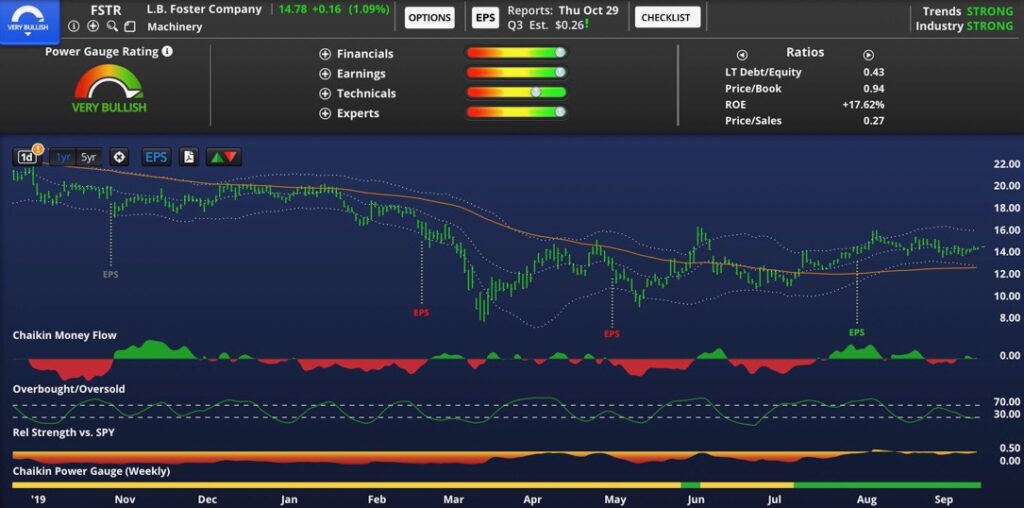
MasTec (MTZ)
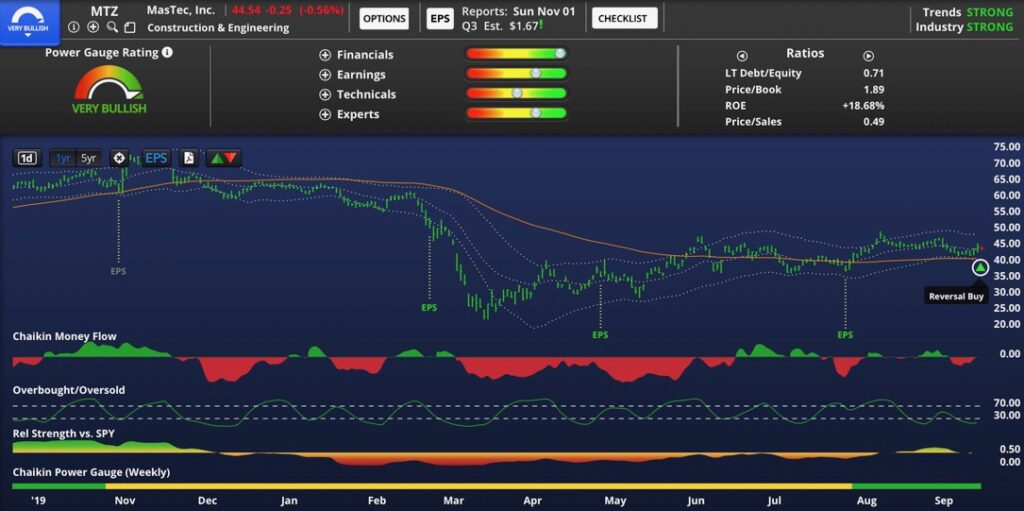
MYR Group (MYRG)
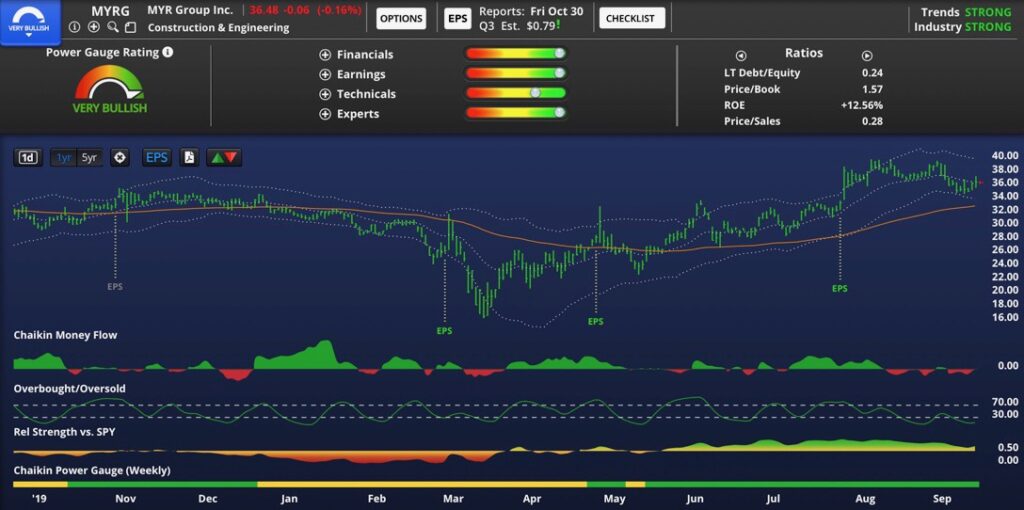
Primoris Services (PRIM)
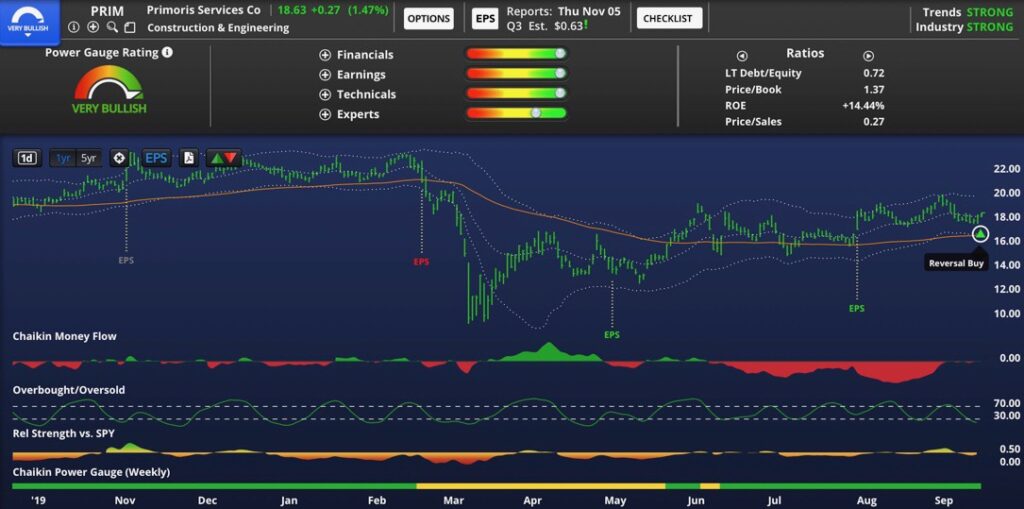
Sterling Construction (STRL)
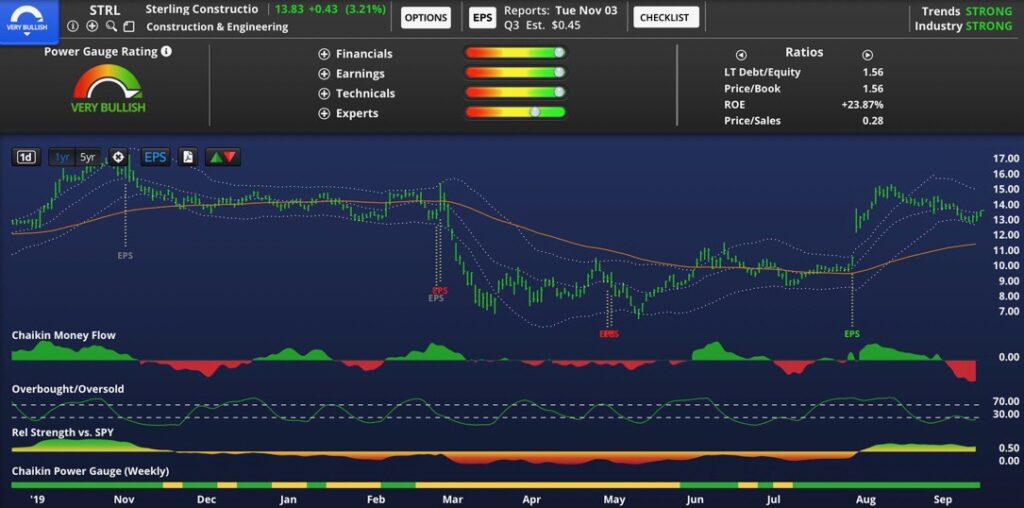
Alamo Group (ALG)
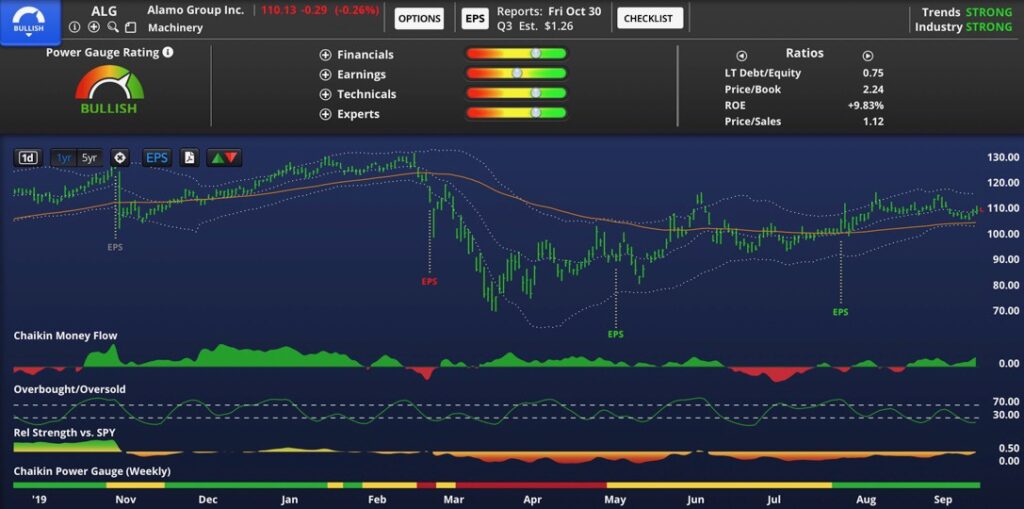
A D.I.Y. ETF?
This isn’t the first time I thought about infrastructure. A couple of months ago, I searched hard for an Infrastructure ETF but frankly, hated most of what I was seeing. The descriptive verbiage was usually great, but when I looked at the portfolios, they seemed dominated by energy transmission MLPs (which probably explains why the ETFs ranked no better than middling under our ETF Power Rank model). This six-stock collection is exactly what I had in mind. Although the ETF industry has done wonderful things in terms of thematic investing, when it comes to infrastructure, I may wind up bypassing the ETF space and in effect, building a personal ETF using these six names (and possibly others like them I may eventually find).
Holding disclosure … None at the moment but thinking seriously about buying all of them.
Marc Gerstein, Director of Research at Chaikin Analytics, is an oddball sort of quant. He has long specialized in rules/factor-based equity investing strategies and has been addicted to stock screening since the days when the program was loaded into a pc on a 5 1/4” floppy disc that went into Drive A and the disc holding data went into Drive B. But he hates fancy math has no use for by-now stale “factor” worship. He favors theoretically sound quant approaches, such as the Chaikin Power Gauge model, that generate active, actionable ideas for the real world. In his spare time, he tries to dull the pain of following the NY Jets and Knicks with reality TV and literature. (We have quantamental, so why not literatrash?)
Twitter: @MHGerstein
Friend me on Goodreads
#Value #Growth #Infrastructure #PowerGrid #Renewables #HighwayMaintenance #Construction $FSTR $MTZ $MYRG $PRIM $STRL $ALG
